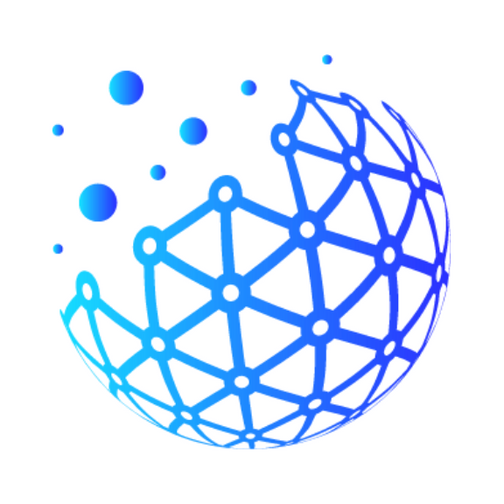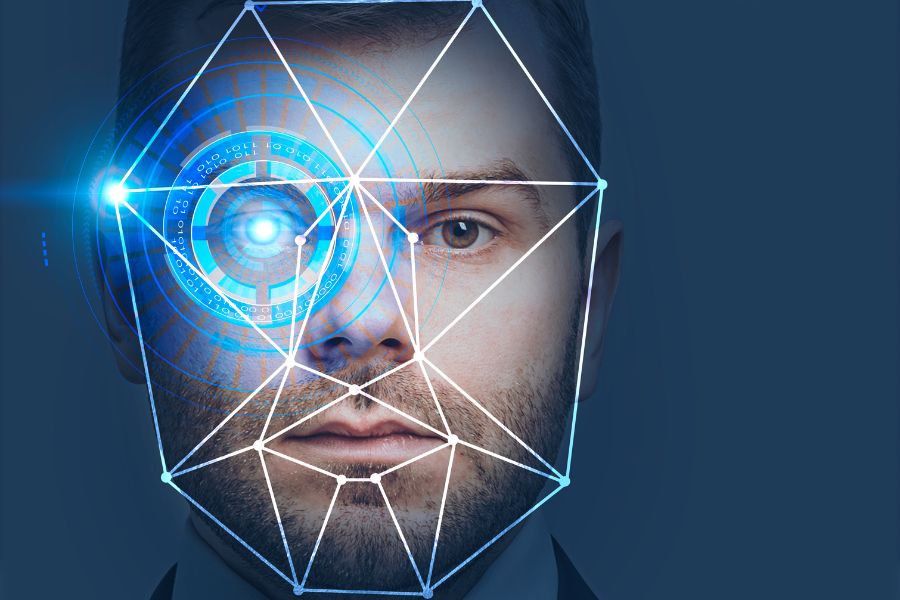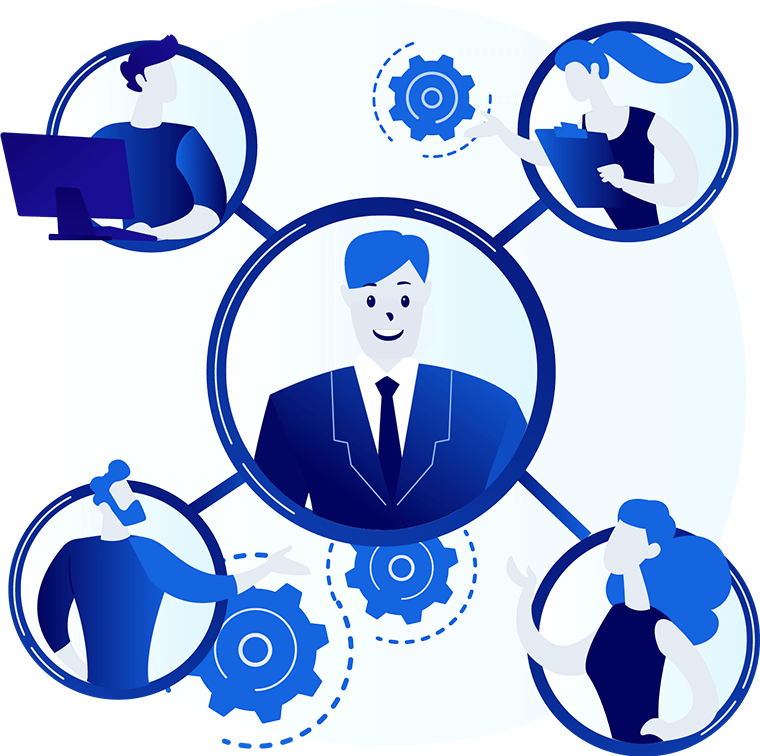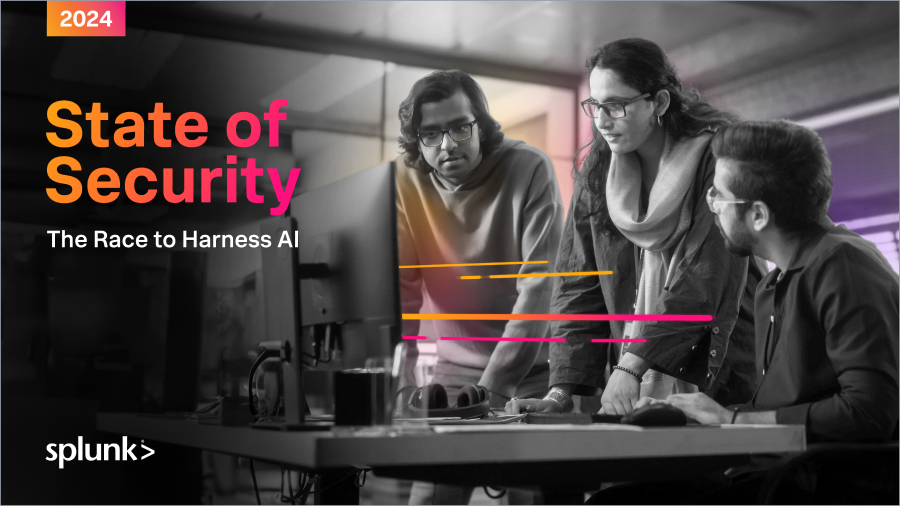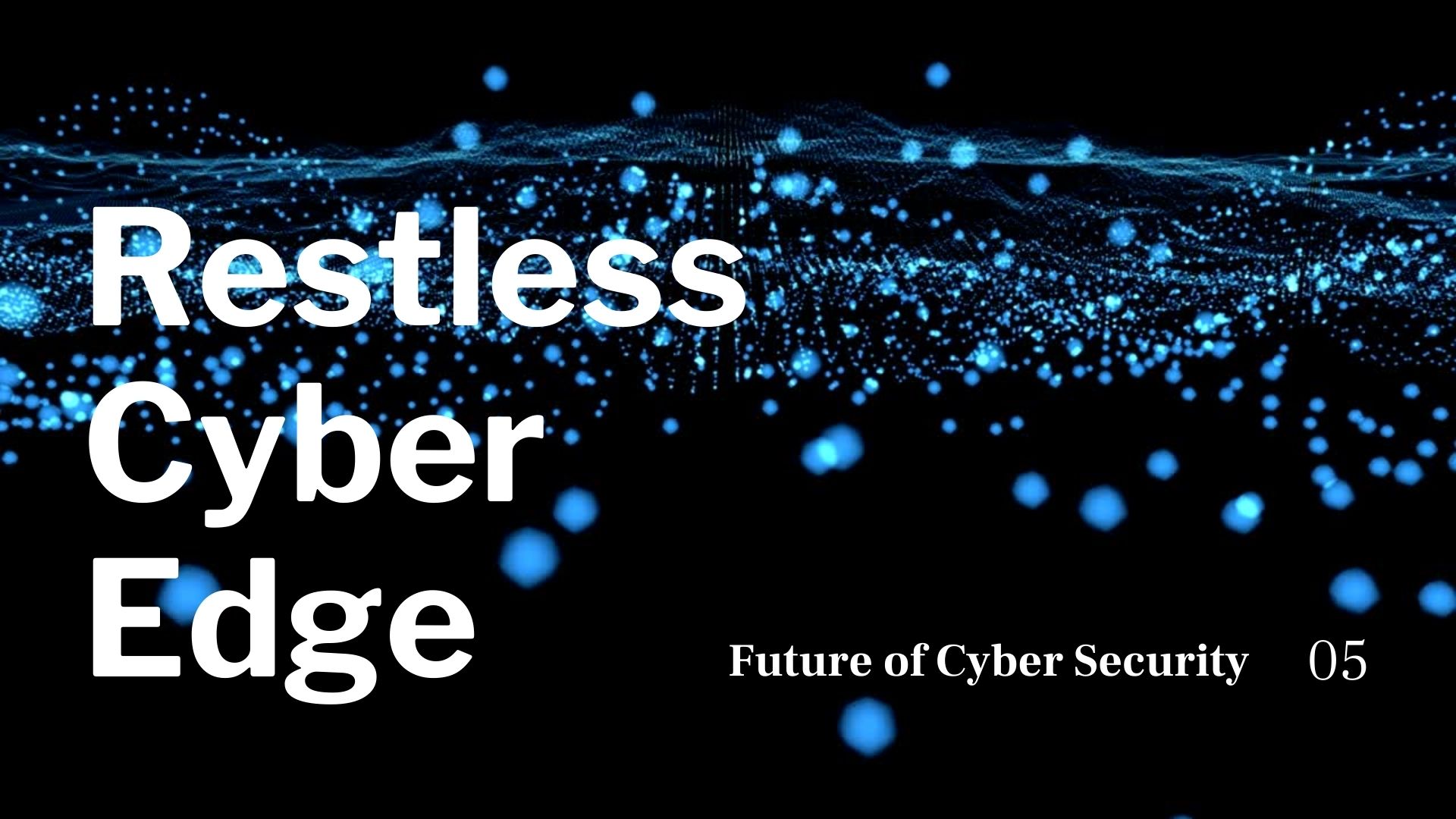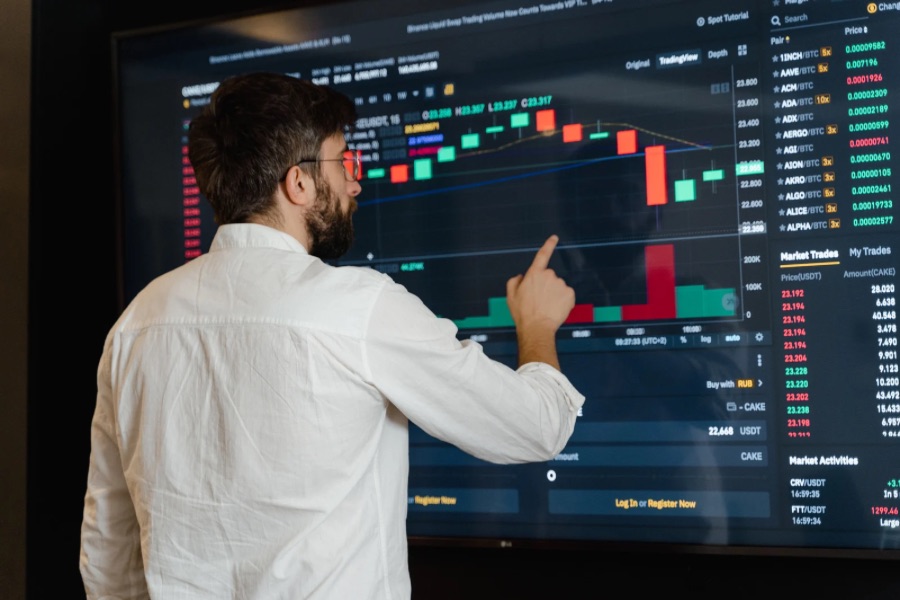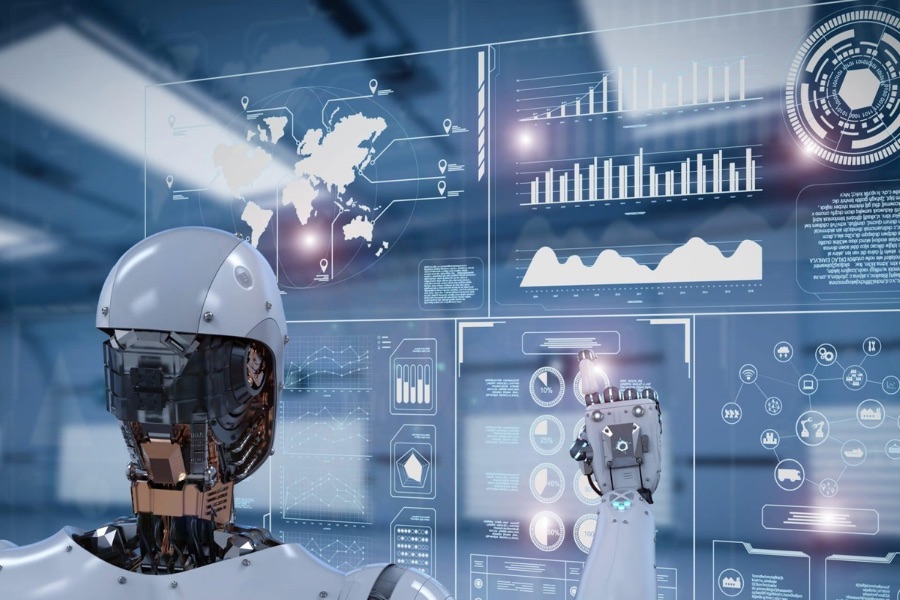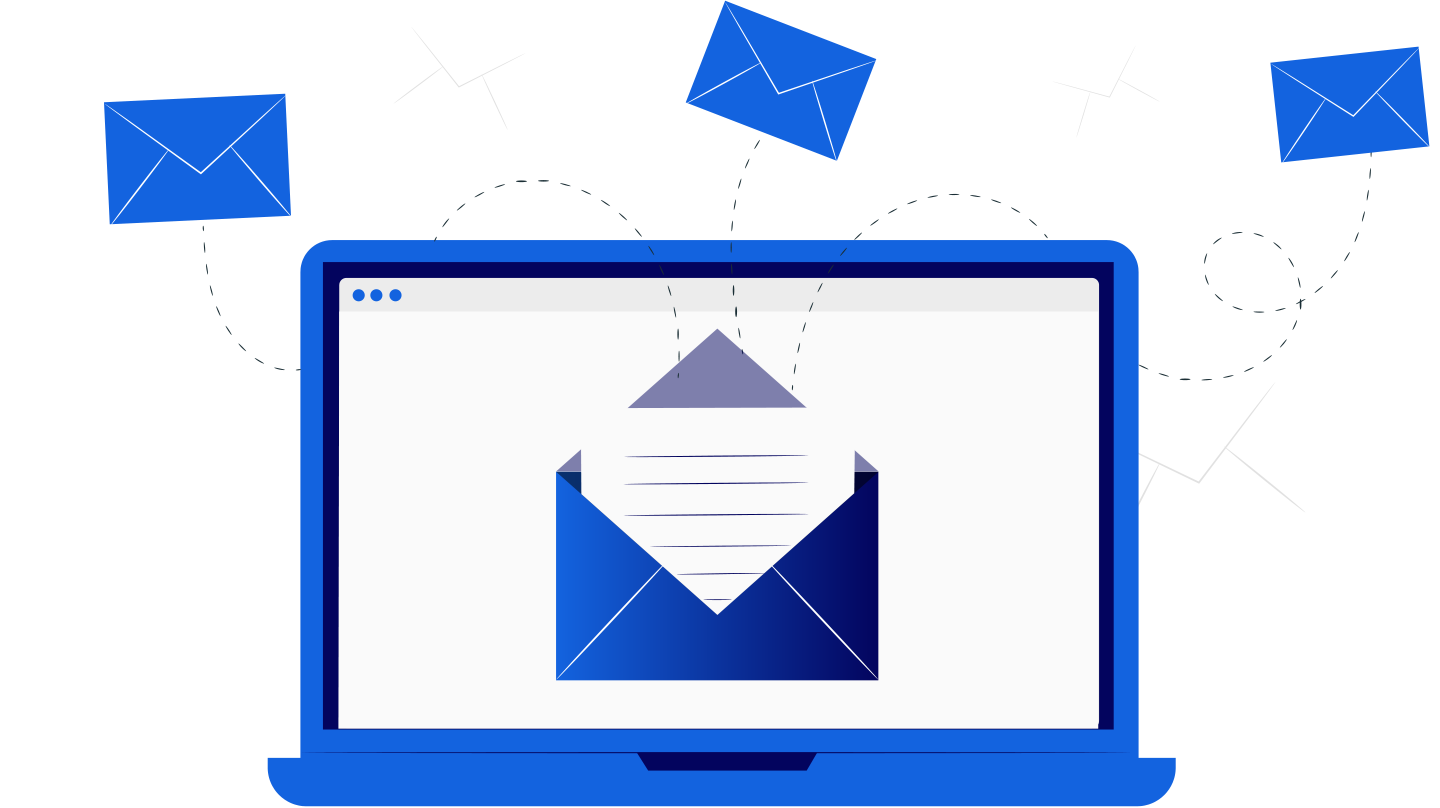Balancing AI Automation and Authentic Marketing
August 19, 2025, 3 min read
AI automation is everywhere in marketing. It saves time, improves efficiency, and personalizes campaigns at scale. Yet in cybersecurity marketing, efficiency is not enough. Trust is the currency. Overuse of automation can make brands sound robotic and distant.
This article shows how to use AI wisely — balancing automation with authentic, human-centered communication.
Why Authenticity Matters in Cybersecurity Marketing
Cybersecurity is not just another industry. Buyers deal with risk, regulation, and high-stakes decisions. They are cautious and skeptical. They need to believe the vendor understands their challenges. Authentic messaging builds credibility and trust. Automation alone cannot deliver this.
The Risks of Over-Automation
AI makes it easy to send thousands of emails or publish content daily.
But more is not always better. Over-automation can backfire:
- Messages feel generic and impersonal.
- Customers sense the lack of a real voice.
- Engagement drops because the content feels like spam.
- Trust erodes when interactions seem scripted.
In cybersecurity marketing, losing trust is costly. Prospects may never come back once they feel the brand is “just another automated campaign.”
How to Balance AI with Authentic Engagement
The goal is not to avoid AI. The goal is to use AI as support while keeping the brand voice real.
Here are strategies for balance:
1. Automate Processes, Not Relationships
- Use AI for scheduling, reporting, and optimization.
- Keep human input in customer-facing conversations.
- Example: automate lead scoring, but personalize follow-up emails with human insights.
2. Humanize AI-Generated Content
- AI can draft blogs, emails, or social posts. But always edit.
- Add real examples, case studies, or stories from your team.
- This small step makes content feel authentic.
3. Blend Storytelling with Automation
- Use AI to analyze what topics resonate.
- Then craft stories around those insights.
- Storytelling brings context and emotion — something AI cannot fully create.
4. Personalize Beyond the Data
- AI personalizes by job title or company size.
- Humans personalize by showing empathy and understanding.
- Combine both to build stronger connections.
Examples from Cybersecurity Marketing
Let’s look at real ways companies balance automation and authenticity:
- Email campaigns: AI suggests subject lines.
Marketers add a personal note from the CEO or product lead.
- Webinars: AI targets the right audience.
Human hosts share personal stories about cyber challenges.
- Content creation: AI drafts a whitepaper outline.
Experts add research, opinions, and lived experience.
The mix of automation and authentic input keeps campaigns efficient but credible.
The Role of Trust in Cybersecurity Marketing
Trust is harder to win than attention. AI may help you capture leads, but human authenticity converts them into customers.
In cybersecurity, where buyers fear breaches and compliance failures, trust is everything. Balanced marketing means AI handles the scale, and humans deliver the reassurance.
Future of AI and Authentic Marketing
As AI tools advance, the temptation to fully automate will grow. But so will the demand for genuine human voices. The future belongs to brands that combine AI efficiency with authenticity. Think of AI as the engine and authenticity as the steering wheel. Both are needed to drive in the right direction.
But how does big companies handle this?
Case Study: CrowdStrike
As you well know, CrowdStrike, one of the top players in endpoint security, faced a common challenge: how to speed up lead qualification without sacrificing trust. Their solution was to introduce AI-powered chatbots to handle the early stages of engagement. These bots quickly qualify prospects, answer FAQs, and schedule demos, ensuring no lead gets lost in the shuffle.
But here’s where they draw the line: once a conversation goes deeper, the prospect is immediately handed off to a real security engineer or sales specialist. That human interaction provides the credibility and nuanced answers AI simply can’t replicate in such a trust-heavy field.
The result? Faster response times, higher demo bookings, and — most importantly — zero compromise on authenticity. CrowdStrike shows that automation doesn’t have to replace the human element; it just clears the path so experts can shine where it matters most.
There we have our answers on how the big guns do it.
Conclusion
AI automation is powerful. It eliminates bottlenecks, speeds up execution, and personalizes campaigns. But in cybersecurity marketing, trust and credibility matter more than speed. Over-automation risks turning communication into noise.
The best approach is balance: let AI handle the repetitive work while humans craft authentic, meaningful connections. This balance builds stronger relationships, deeper trust, and long-term success.


